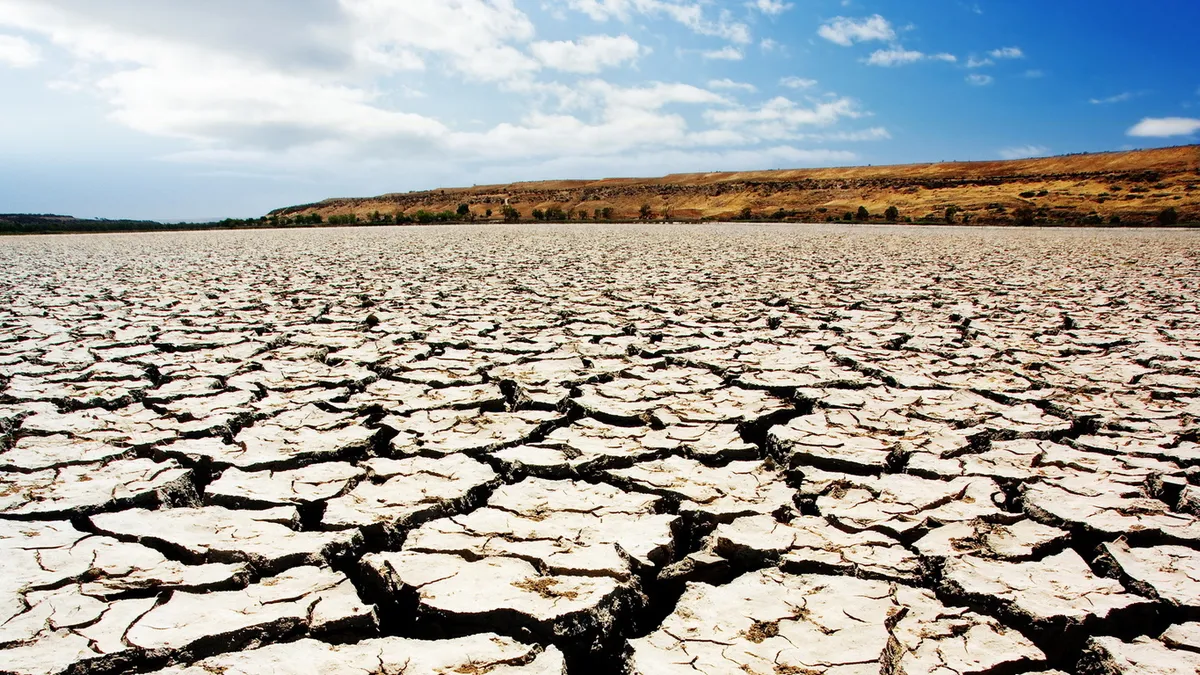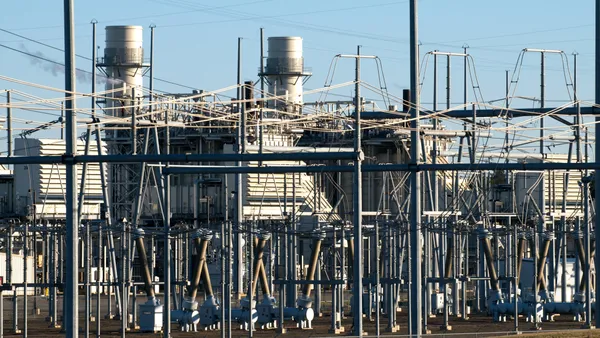Dive Brief:
- The Mountain Meadows Reservoir, the upper-most storage facility in the Pacific Gas & Electric (PG&E) Feather River hydroelectric system, has dried out to become 5,800 acres of mud and dead fish as a result of the California drought, the Sacramento Bee reports.
- PG&E chose not to stop outflows along Hamilton Branch stream, which connects the reservoir to Lake Almanor, as the water level diminished. It opted instead to let the flat, shallow reservoir go dry, according to Mountain Meadows Conservancy Chair Ron Lunder.
- Hydroelectric producers throughout the West have struggled with four years of drought, leaving the region's snowpack — the chief supplier of reservoir water — at just 3% of typical conditions this spring.
Dive Insight:
PG&E’s Feather River hydroelectric power project, located in California’s Sierra Nevada Mountains, is made up of three dams and five power plants. Its nameplate capacity is 362.3 MW. It also delivers irrigation water to regional farms between March 31 and October 31.
The facility is one of several projects on the North Fork of the Feather River and its tributaries that make up the Stairway of Power.
Mountain Meadows Reservoir and Indian Ole dam were built in 1924 and reconstructed in 1962 on Hamilton Branch Creek. They create storage for the Hamilton Branch Powerhouse. There are 23,900 acre-feet of storage capacity, but levels have as low as 1700 acre-feet in dry years.
The Hamilton Branch Powerhouse was completed in 1921. Supplied by the Mountain Meadows Reservoir, it has a nameplate capacity of 4.8 MW.
It will take 11 trillion gallons of water to bring California out of its four-year drought, according to NASA.












